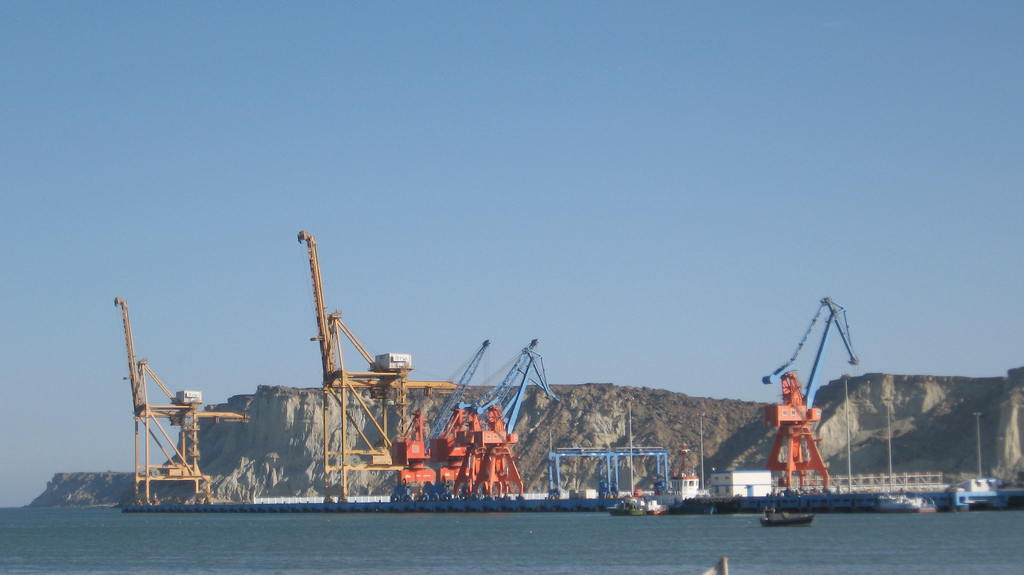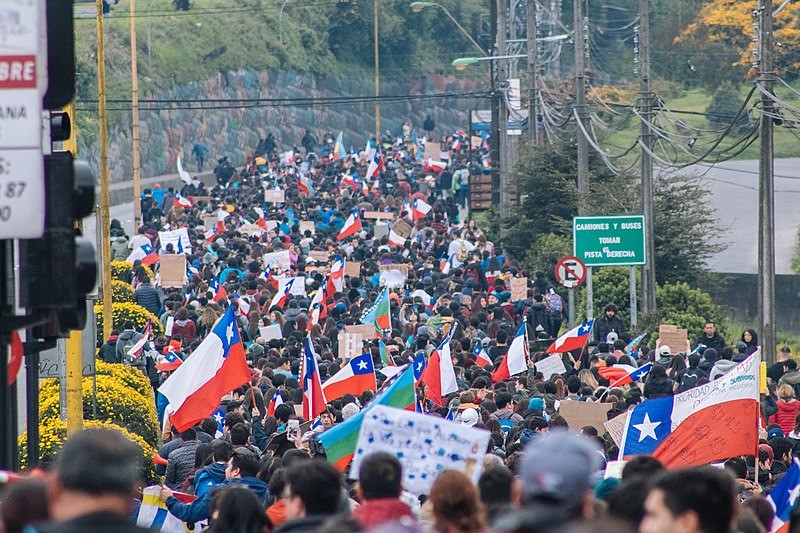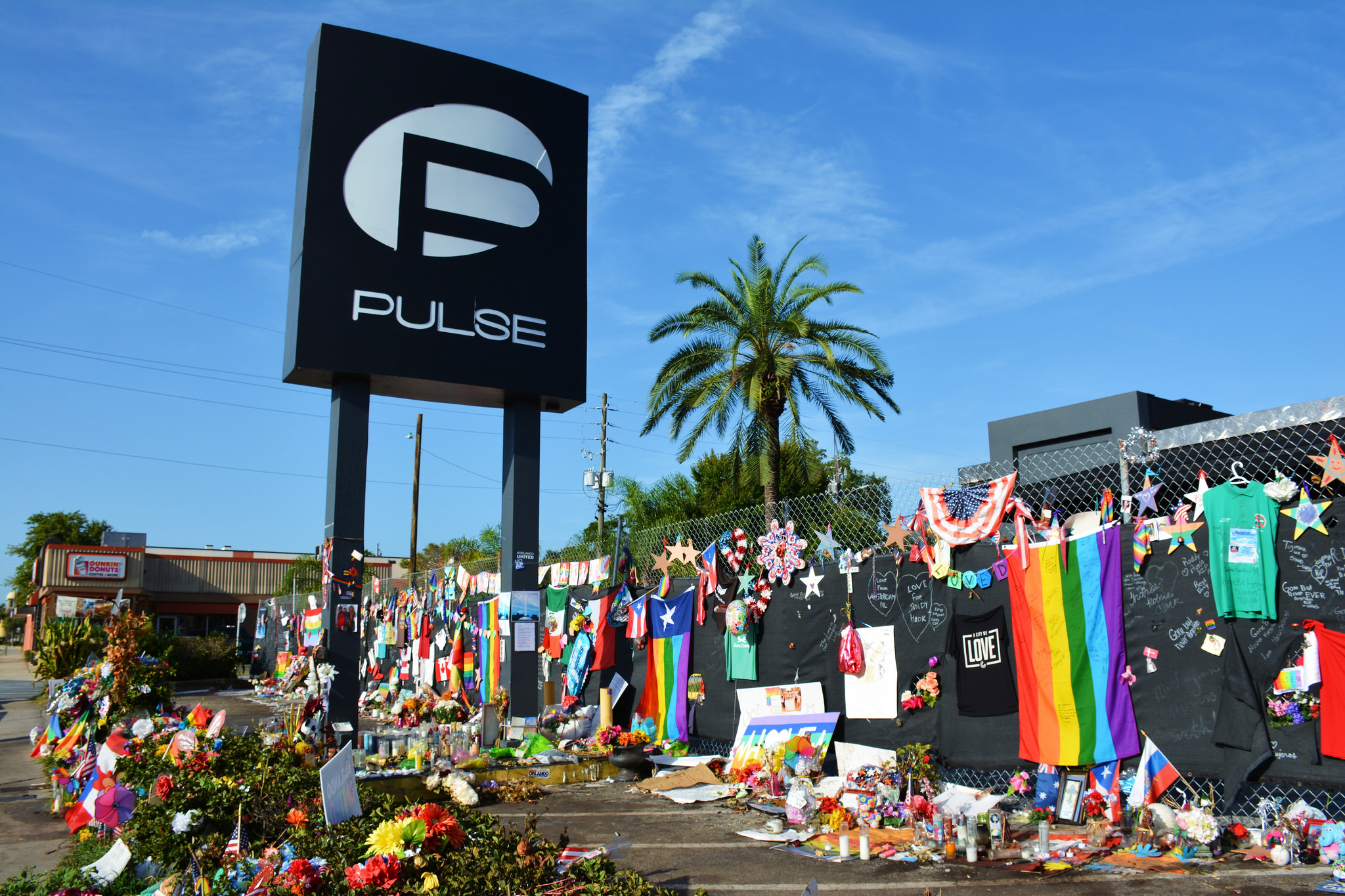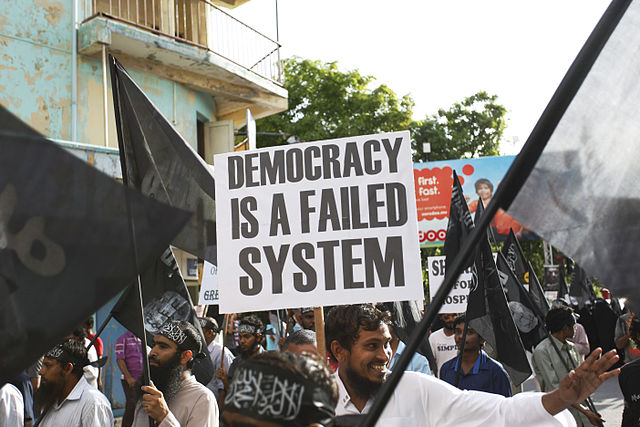By Dawn Brancati and Adrián Lucardi
Large, anti-government protests have taken place in recent months on every continent across the globe: from the Czech Republic, to Iraq, Iran, Algeria, and Lebanon, to Hong Kong, and Bolivia. Although these protests have different goals, is their proximity in time a sign that protests spread from one country to another?
A thought-provoking forum in November’s issue of the Journal of Conflict Resolution debates whether protests really spread to other countries through either emulation or transnational activists. The issue features research from Dawn Brancati and Adrián Lucardi, Valerie J. Bunce and Sharon Wolchik, Henry Hale, Christian Houle and Mark A. Kayser, as well as Kurt Weyland.
For many years, the conventional wisdom—backed by a wealth of research—has suggested that protests in one country do indeed spur protests in other countries.
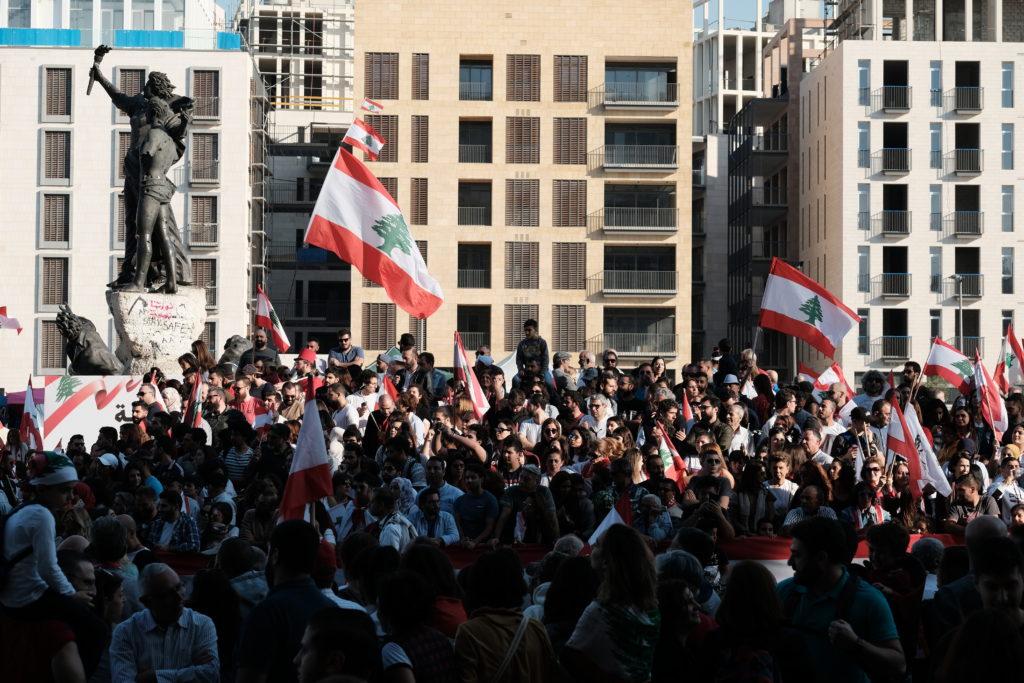
Our research challenges this widely held view. In the lead article in this forum, we argue that democracy protests do not generally diffuse across countries because the motivation for and outcome of these protests result from domestic processes that are typically unaffected or undetermined by the occurrence of democracy protests in other countries.
Our statistical analysis confirms our hypotheses. Using daily-level data on democracy protests from 1989-2000, we found that in this period, democracy protests were not significantly more likely to occur in countries when democracy protests occurred in neighboring countries. This was the case for four different datasets on protests; three different definitions of neighbors; five different time periods, and three different historical periods.
These results held regardless of the character of the neighboring state (i.e., GDP, democracy, and military strength), the similarity of neighbors (i.e., GDP, population, regime type, and repressiveness), the character of the protests (e.g., size and frequency), and governments’ responses to them (e.g., accommodation or repression).

Our findings concur with those of Henry Hale, who suggests in the forum that domestic conditions—succession crises and leaders’ low popular support—not diffusion, were behind the most well-known waves of democracy protests: the unraveling of Eastern Europe’s Communist regimes in 1989, the Color Revolutions during the early 2000s, and the Arab Spring of early 2011.
Our findings are also consistent with the work of Mark Kayser and Christian Houle. They contend in the forum that while diffusion processes are not relevant to the breakdown of states, they are relevant for explaining whether states democratize once regimes have already collapsed.
Kurt Weyland, as well as Valerie Bunce and Sharon Wolchik, are much more skeptical. They contend that the divergent findings of a wealth of qualitative research have greater validity, and that even if democracy protests do not diffuse, other aspects of them do, including their strategies and tactics, and inspire other modes of challenging regimes.
The policy implications of our findings are clear: If political leaders want to prevent protests from arising in their countries, their focus ought to be on their citizens’ political grievances rather than on potential external influences and banning on Jasmine flowers, yellow vests, or the color black—symbols of the Tunisian Revolution, anti-government protests in France last year, and the current pro-democracy protests in Hong Kong, respectively.
Dawn Brancati is Associate Research Scholar at the MacMillan Center at Yale University. Adrián Lucardi is Assistant Professor, ITAM, Mexico City.



